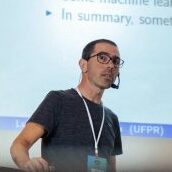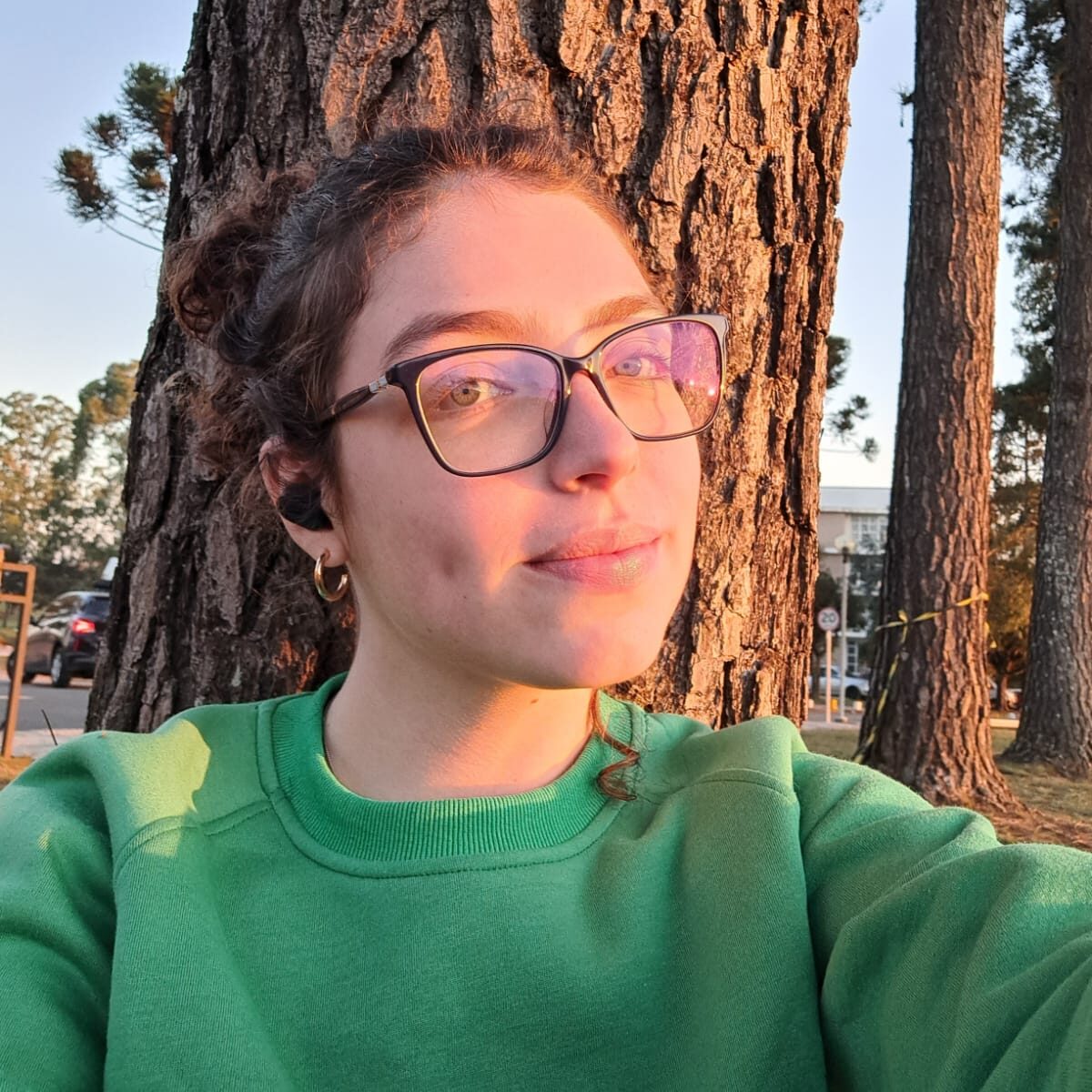Project PKLot 2.0
Machine Learning Applied in Smart Cities
This project aims to propose new techniques that leverage the use of cameras to enhance automated traffic management in smart cities through machine learning. It addresses issues such as the automatic detection of parking spaces, the identification of congested areas with vehicles, and the generation of relevant information, such as the usage time of specific road infrastructures in urban areas.
The solutions developed in this project could, for example, assist drivers in finding the nearest available parking space, saving time and fuel. Additionally, these solutions open up the possibility of creating new business opportunities, such as automated billing based on the duration a vehicle occupies a specific parking space.

Main Technologies
Deep Learning, Instance Segmentation, Image Processing, and IoT Devices.
Project Team

Alceu de Souza Britto Jr.
PUCPR

Andre Hochul
PUCPR

Eduardo Cunha de Almeida
UFPR

Luiz Eduardo S. de Oliveira
UFPR

Paulo R. Lisboa de Almeida
UFPR

Bruno Aquiles
UFPR

Luan Kujavski
UFPR

Marcelo Ribas
UFPR

Heloísa Mendes
UFPR

Paulo Mateus Luza
UFPR

Nadia Luana Lobkov
UFPR
Current Results
Automated mapping of parking area layout
Our method, as presented at IEEE SMC 2023, has the capability to automatically identify parking areas using cameras, entirely without human intervention. This allows us to map and subsequently monitor these regions within smart cities with minimal effort.
The solutions developed in this project could, for example, assist drivers in finding the nearest available parking space, saving time and fuel. Additionally, these solutions open up the possibility of creating new business opportunities, such as automated billing based on the duration a vehicle occupies a specific parking space.
In the video below, you can observe the system in action, employing a fusion of instance segmentation networks and image processing to automatically process images from a typical workday. This process enables a comprehensive understanding of the area’s layout.
Optimizing Parking Space Classification: Distilling Ensembles
This research explores solutions to optimize image classification in smart city applications, such as parking space monitoring. Transmitting large volumes of data to central servers poses a challenge to urban infrastructure, requiring complex networks and hardware.
To address this issue, researchers proposed a Teacher-Student model, where Teacher models (more complex) generate pseudo-labels to train Student models (lighter), which can be deployed directly on edge devices.
Results show that Student models, despite having 26 times fewer parameters, outperformed Teacher models, achieving 96.6% accuracy, making this approach more efficient and scalable for smart cities.
One of the authors of the article titled “Optimizing Parking Space Classification: Distilling Ensembles into Lightweight Classifiers”, published at ICMLA (IEEE 2024), shared insights about their work in a video on the Bit Por Bit channel. Learn more through the link below.
Using Deep Neural Networks to Quantify Parking Dwell Time
This study proposes an innovative method to calculate the dwell time of vehicles in parking spaces using two deep neural networks. The first network classifies whether a parking space is occupied or empty, while the second, a Siamese network, verifies if the parked car is the same in consecutive images. The system was tested in a cross-dataset scenario, where the models were trained on one dataset (PKLot) and validated on another (CNRPark-EXT), without using samples from the target parking lot during training.
The results showed that, with a perfect classifier, the system achieved 75% accurate predictions, where the estimated time matched the actual dwell time exactly. However, when using a real classifier, the accuracy dropped to 49%, demonstrating that the quality of the initial classifier significantly impacts the performance of the Siamese network. The mean absolute error (MAE) was 46 minutes for PKLot and 54 minutes for CNRPark-EXT.
The research concludes that the Siamese network is promising for tracking vehicles over time, but its effectiveness depends on the accuracy of the classifier. Improvements in the classifier and the training of the Siamese network could enhance the system’s accuracy, making it viable for applications in smart cities, such as detecting abandoned cars or illegal parking.
The article titled “Using Deep Neural Networks to Quantify Parking Dwell Time“ has been accepted at ICMLA (IEEE 2024).
Undergraduate Final Papers:
Luza Alves, Paulo M. Otimizando a Classificação de Vagas de Estacionamento: Destilando Conjuntos em Modelos Leves. 2024. Link
Eckermann Cardoso, Erick. Impacto de Imagens Sintéticas na Classificação de Vagas de Estacionamento Usando Redes Neurais.Link
